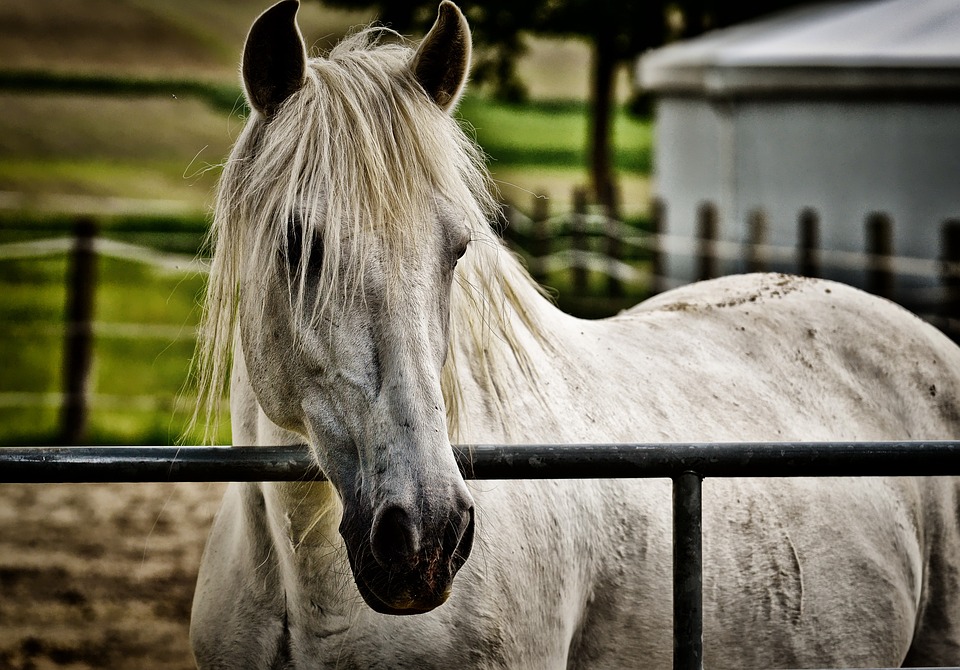As the temperatures continue to rise globally, the impact of extreme heat on equestrian sports has become a growing concern. The recent heatwave in Western Europe during the Olympic Games at the Chateau de Versailles venue highlighted the importance of monitoring and mitigating heat stress for both horses and riders. Despite the scorching temperatures of 96 F and high humidity, the horses and riders managed to persevere through the challenging conditions, while the spectators bore the brunt of the heat on unshaded metal bleachers.
One crucial aspect of managing heat stress during equestrian events is the implementation of advanced weather monitoring systems. Göran Åkerström, DVM, the veterinary director for the FEI, leads the monitoring of the wet bulb globe temperature (WBGT) for Olympic equestrian sport. The WBGT is a comprehensive measure of heat stress that takes into account various factors such as air temperature, humidity, wind speed, sun angle, and cloud cover. When the WBGT exceeds 82 F, Åkerström activates the FEI’s heat-monitoring and mitigation protocols, which include using thermographic cameras to monitor horses‘ surface temperatures, providing cooling stations with ice water and fans, and setting up misting tents for additional cooling.
The use of thermographic cameras to monitor horses‘ surface temperatures has proven to be an effective method of assessing heat stress. Åkerström emphasizes the importance of active assessment by veterinarians, correlating the horses‘ clinical appearance with their surface temperature and the WBGT. This proactive approach ensures that any signs of heat stress are promptly addressed to safeguard the welfare of the equine athletes.
Despite the challenging conditions, horses are generally better equipped to handle heat than humans. The horses at the 2024 Olympic equestrian competition in Paris coped well with the high temperatures, with the WBGT reaching 33 in the competition arena on the hottest day. The veterinary team at Paris 2024 expressed gratitude that the eventing cross-country day did not coincide with the extreme heat, highlighting the importance of preparedness and mitigation efforts in managing heat stress during competitions.
Looking ahead, the FEI acknowledges the impact of climate change on equestrian sports and is actively engaging in discussions with the International Olympic Committee (IOC) to address the challenges posed by extreme weather conditions. As the climate becomes more unpredictable, the FEI is exploring strategies to ensure the safety and well-being of equine athletes, including potential adjustments to competition dates and locations to mitigate the effects of heat stress.
In conclusion, the recent experiences at the Olympic Games in Western Europe underscore the importance of proactive heat monitoring and mitigation strategies in equestrian sports. By leveraging advanced technologies and expertise, such as thermographic cameras and comprehensive weather monitoring systems, the welfare of horses can be safeguarded in the face of rising temperatures and climate uncertainties. As the equestrian community continues to adapt to changing environmental conditions, a collaborative effort between stakeholders is essential to ensure the sustainability and safety of the sport for future generations.





